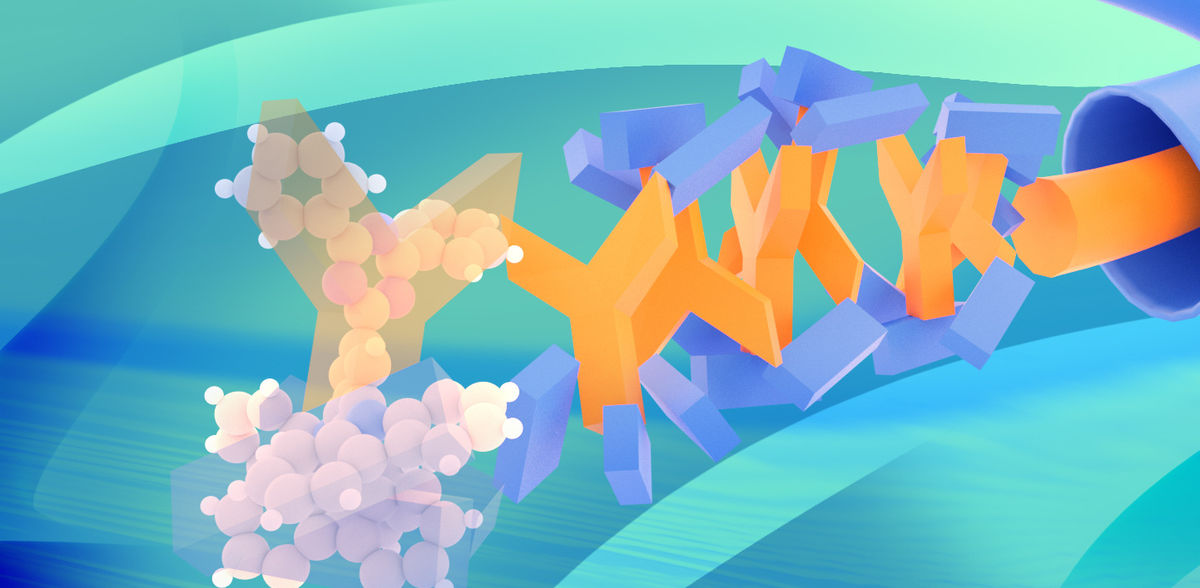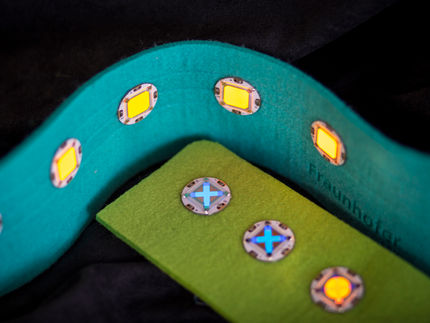Molecular highway for electrons in organic light-emitting diodes
New material concept potentially allows efficient blue OLEDs with strongly simplified structure
Advertisement
organic light-emitting diodes (OLEDs) are now widely used. For use in displays, blue OLEDs are additionally required to supplement the primary colours red and green. Especially in blue OLEDs, impurities give rise to strong electrical losses, which could be partly circumvented by using highly complex and expensive device layouts. A team from the Max Planck Institute for Polymer Research has now developed a new material concept that potentially allows efficient blue OLEDs with a strongly simplified structure.
From televisions to smartphones: organic light-emitting diodes (OLEDs) are nowadays finding their way into many devices that we use every day. To display an image, they are needed in the three primary colours red, green and blue. In particular, light-emitting diodes for blue light are still difficult to manufacture because blue light - physically spoken - has a high energy, which makes the development of materials difficult.
Especially the presence of minute quantities of impurities in the material that cannot be removed plays a decisive role in the performance of these materials. These impurities - oxygen molecules, for example - form obstacles for electrons to move inside the diode and participate in the light-generation process. When an electron is captured by such an obstacle, its energy is not converted into light but into heat. This problem, known as "charge trapping", occurs primarily in blue OLEDs and significantly reduces their efficiency.
A team led by Paul Blom, director at the Max Planck Institute for Polymer Research, has now tackled the problem of charge trapping. They have used a new class of molecules for this purpose. These consist of two chemical parts; one is responsible for the electron conduction, whereas the other part is not sensitive to impurities. By manipulating the chemical structure of the molecule, a special spatial arrangement is achieved: When several molecules are joined, they form a kind of "spiral" – that means the electron-conducting part of the molecules forms the inner part, which is shielded on the outside by the other part of the molecules. This resembles, in a molecular way, a coaxial cable with an electron conducting inner core and an outer part shielding the core.
The cladding thus forms a kind of "protective layer" for the electron-conducting core, shielding it from the intrusion of oxygen molecules. Thus, the electrons can move fast and freely along the central axis of the spiral without being trapped by obstacles, similar to cars on a highway without crossings, traffic lights or other obstacles.
"One of the special things about our new material is that the absence of losses due to impurities and resulting efficient electron transport can greatly simplify the design of blue OLEDs, while maintaining a high efficiency,” says Paul Blom.
With their work, the researchers hope to have taken an important step toward simpler production of blue light-emitting diodes. They have now published their results in the journal “Nature Materials”.


































































